Explaining texture in photographs is hard. It’s not always about the grain. As I photograph, I am thinking about the presence of colors, saturation, lens flares, and odd things like gravel and crumpled trash. When I’m searching for photos, I think about things like sandpaper or reefs, the stucco on a wall or what it feels like to pick up broken asphalt. It’s visceral reaction akin to what I imagine musicians experience when they see color while hearing tones and melodies. Sometimes, I can almost taste the coarseness of a photo. Even if the photo is flat and glossy, and of surfaces not necessarily aligned to this, I feel these things. I think it’s why I’m so attracted to layers of graffiti on walls or paint splatter on sidewalks. It may be my brain projecting that my hyperactive observations are driving my need to rough out the surfaces of my brain so I feel normal.
Certain cameras also heighten this sensation. Anything with a plastic lens, really, and I think it’s why a generation of content creators want the grit of film photography in their imagery. I recently picked up a $20 camera at Glazer’s Camera, my frequent and impromptu camera store watering hole. Instead of the latest brew, I surf its used section like a homebuyer outside a real estate office. I ask about specs or what a particular used camera is known for. I ask about the glass, or lack thereof, and always get direct with, “Does it work?” A month ago I saw a Pentax 90 zoom camera and was drawn to it’s bulkier build and cleanness. I asked what the little side area was, thinking it was a giant cap for a lot of AA batteries, but the attendant smiled and said, “oh dude, check this out.” He pulled the latch off and the piece of plastic detached like a lunar module. “It’s a remote for selfies!” This camera came out in 1991 as a point-and-shoot zoom camera for the daily grind and it had a remote for capturing all of your group selfie needs. I bet the focus groups revolved around moms and dads wanting an easy way to maneuver around a self timer and control when to take their shot.
The camera itself is a hulking mass of plastic with a very boring look. But if you know what you’re looking for, there’s both the brand, the words “Zoom”, and WR (weather-sealed) that can make any photography nerd stop for a second. Seeing a $20 price tag always helps, too.
As a hobbyist student of photography, I’ve become aware I have a lot of lineage to William Eggleston. I’ve always felt my photos to be somewhat obvious in their mundaneness, hoping readers and viewers take the longer arc of study to understand I’m not in it for the immediacy of the story, but the puzzle pieces of life I’m trying to put together. Eggleston famously quipped, “I’m at war with the obvious” to describe his pursuit to document every day life as it came, in the present, and with an unwavering hope to simply acknowledge the here and now. He also famously said, “Photography gets us out of the house” and isn’t that the truth.
I try not to romanticize specific tools for photography; I think I love them all. But it’s undeniable that there’s a flavor to film photography, and snapping images with less than perfect lenses, in order to embrace the roughness around our everyday lives. While I love every little pixel of my digital work, I do often feel a distance from what I was trying to capture with what I end up with. I like to shoot with shitty cameras now and again to remind myself it’s not about a pretty photo, but about what distance I want to shorten between memory and living.


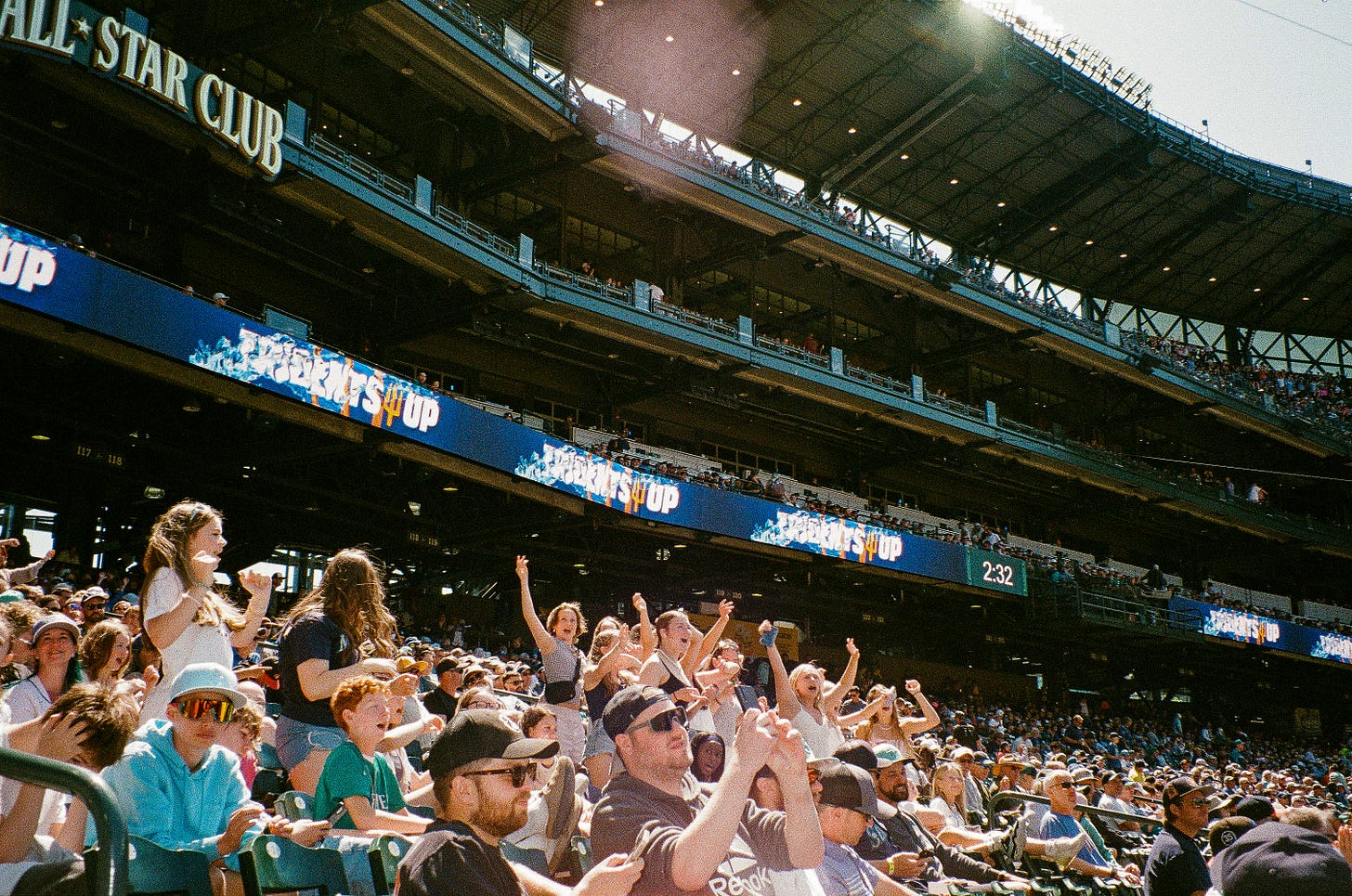
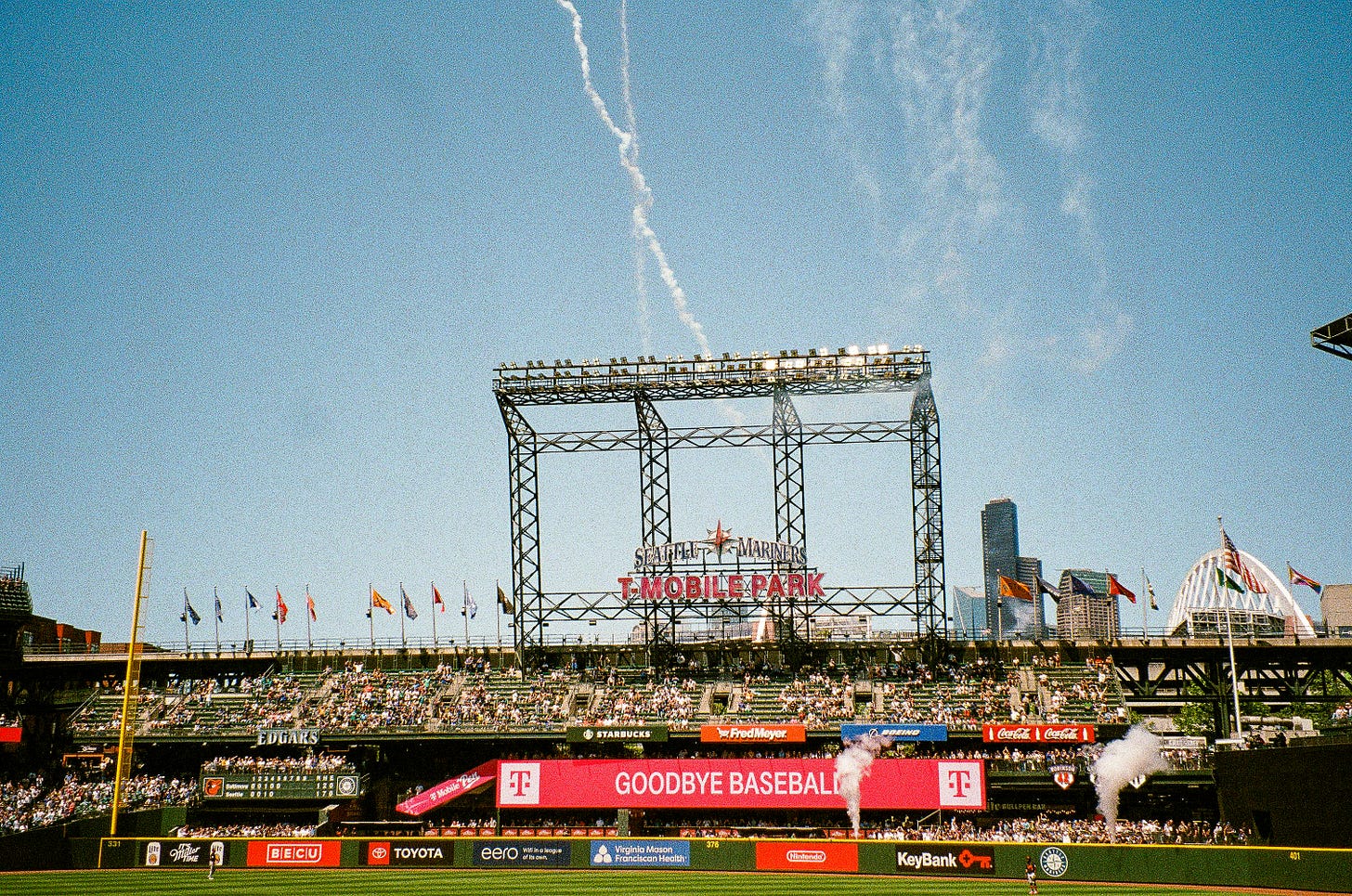
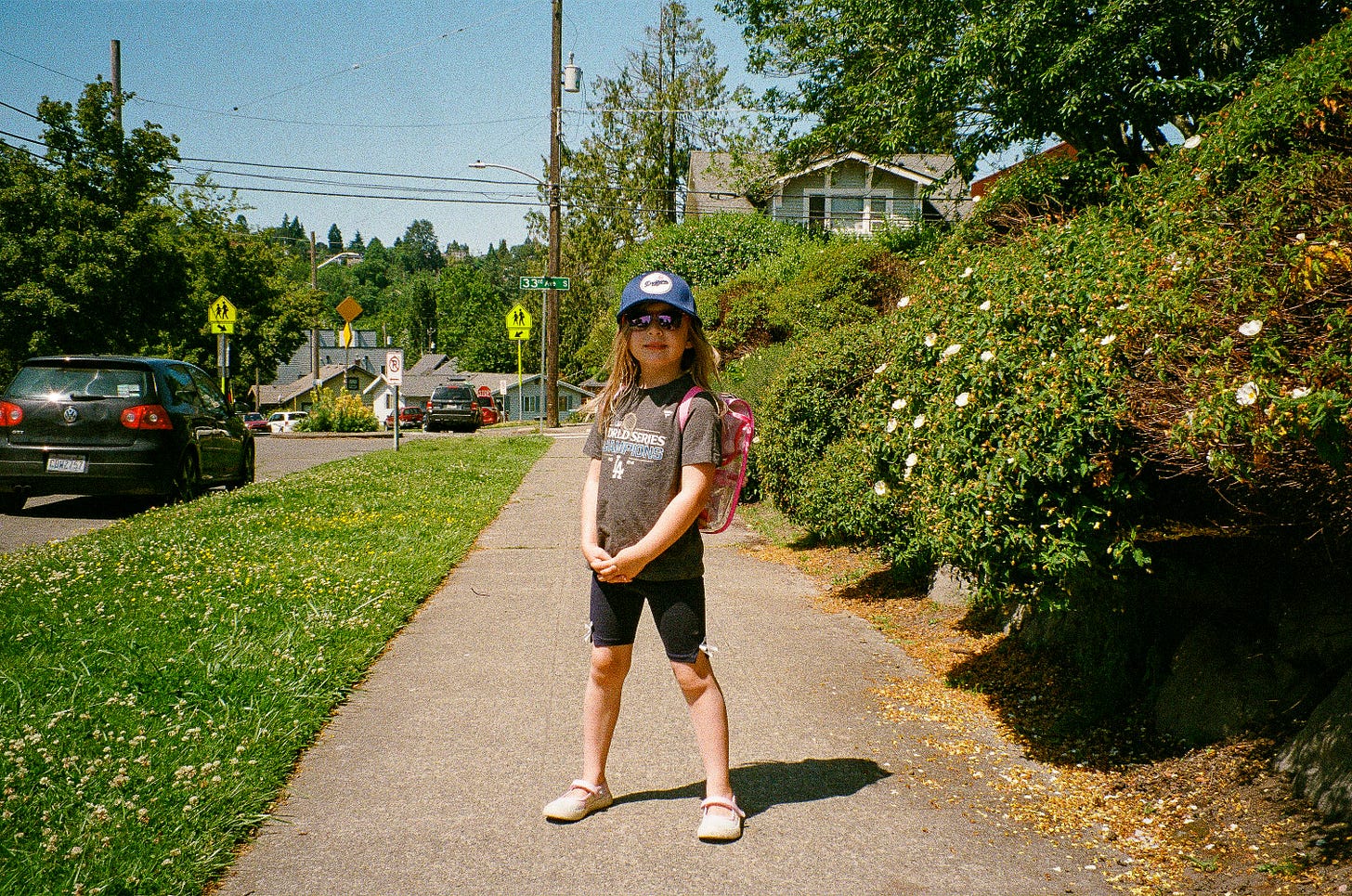
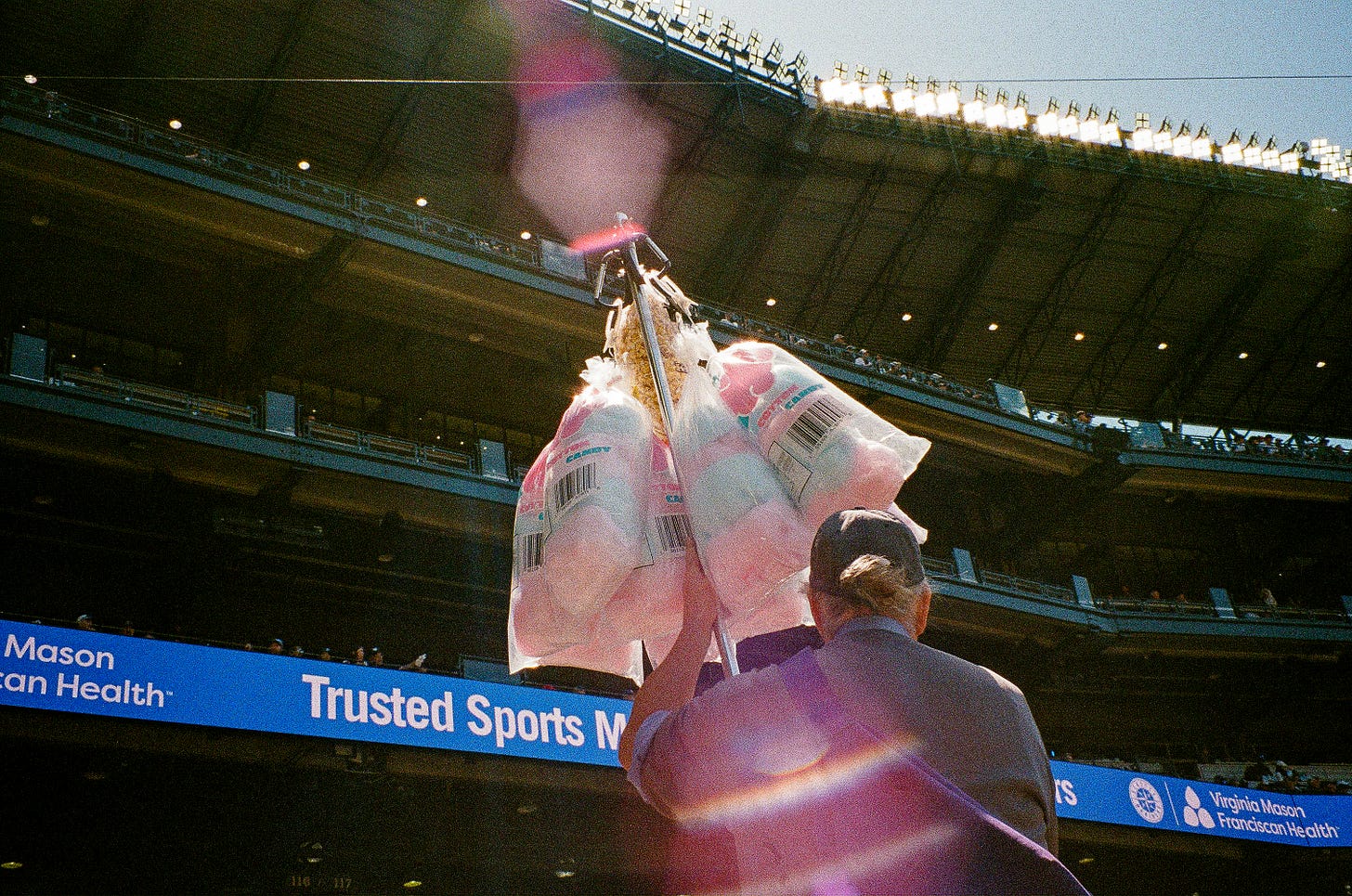
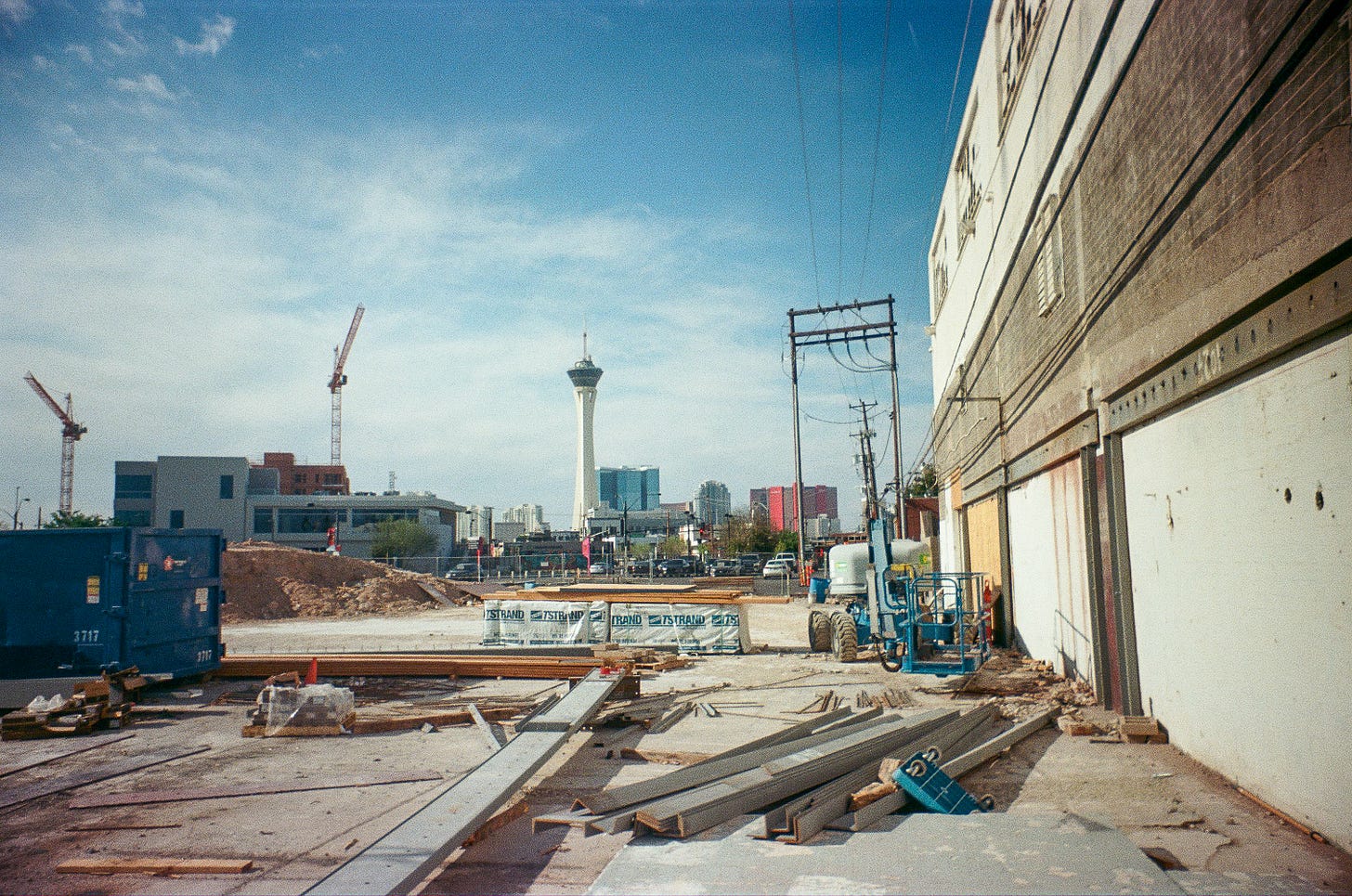
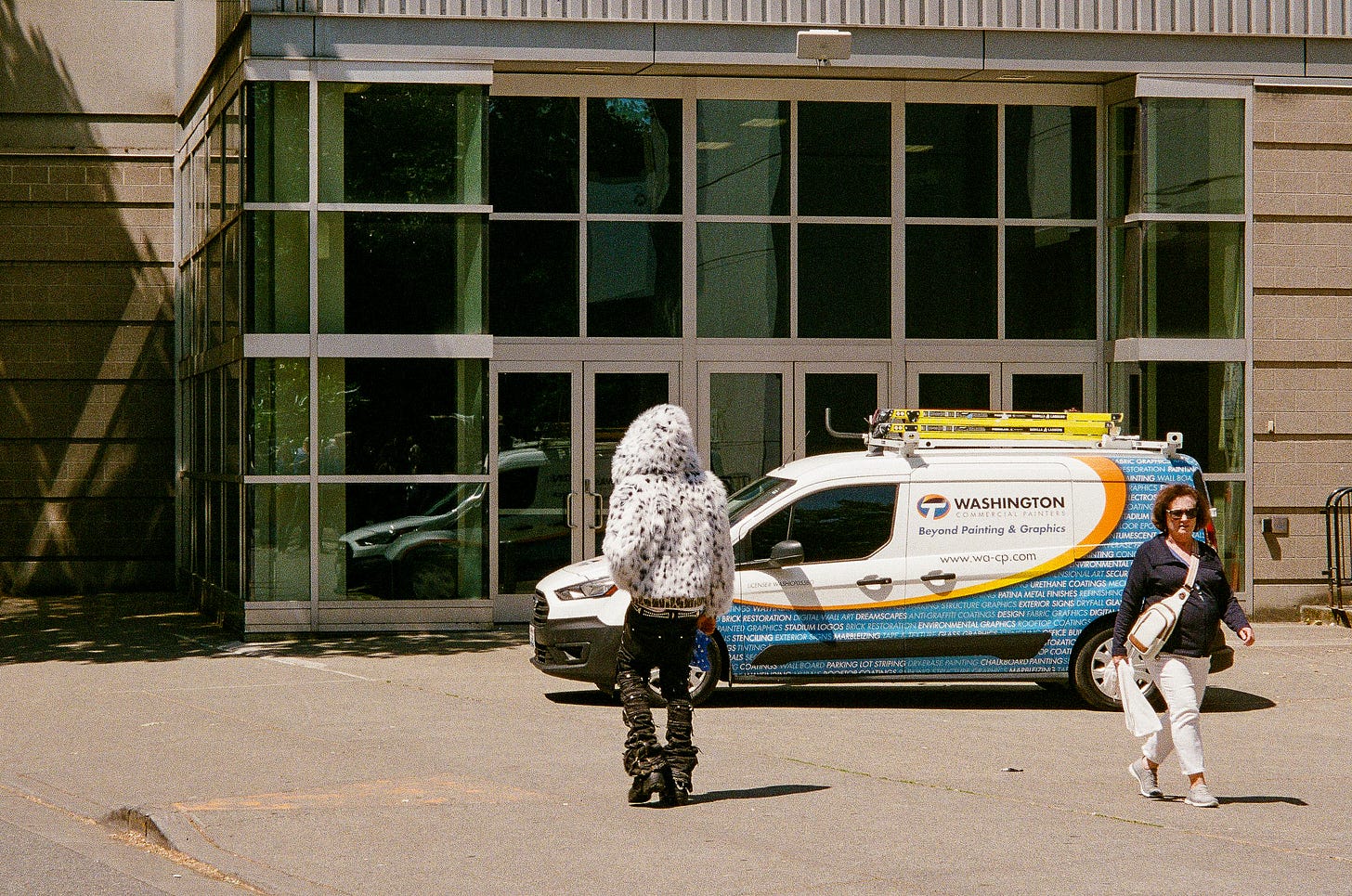
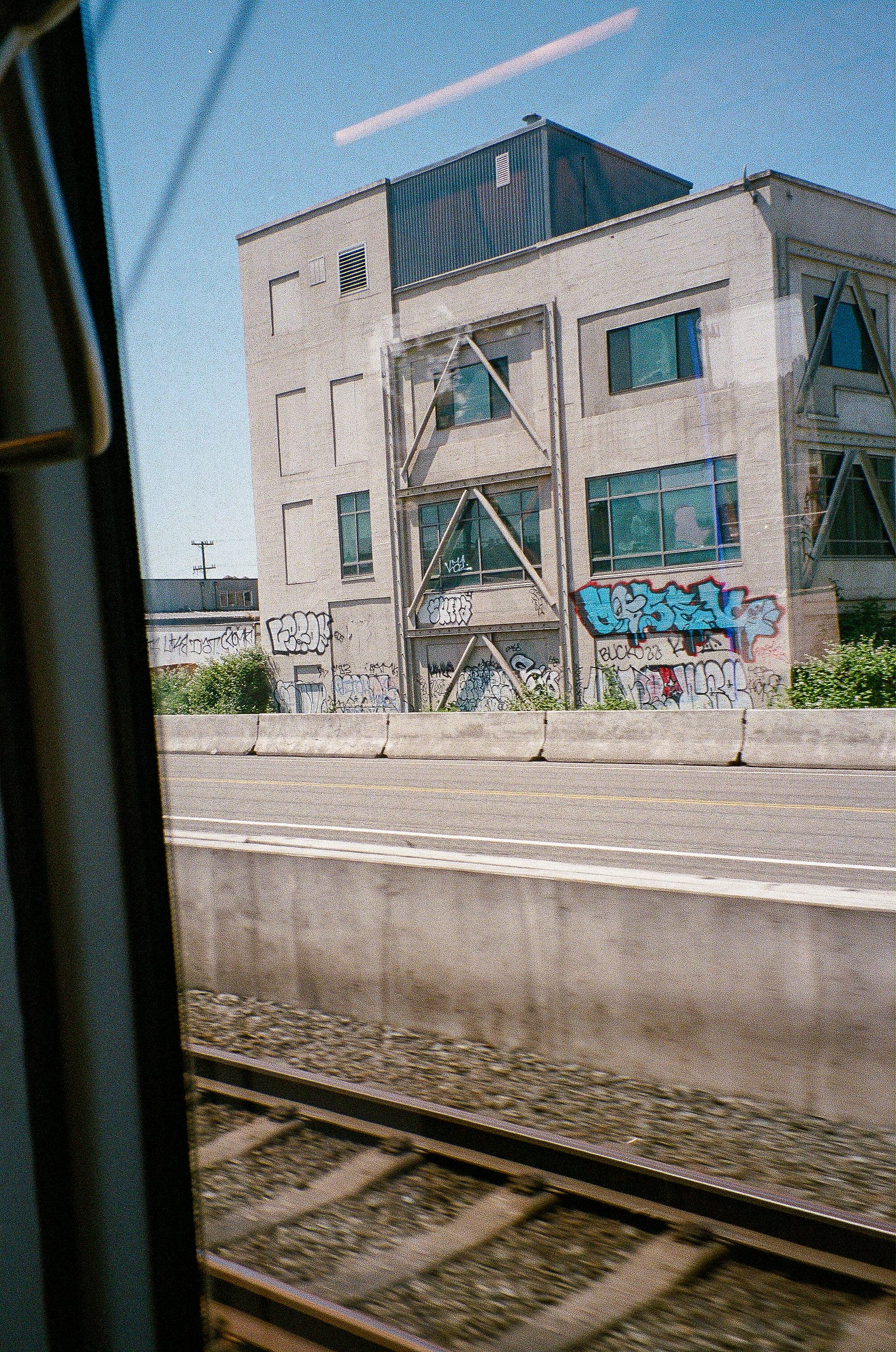
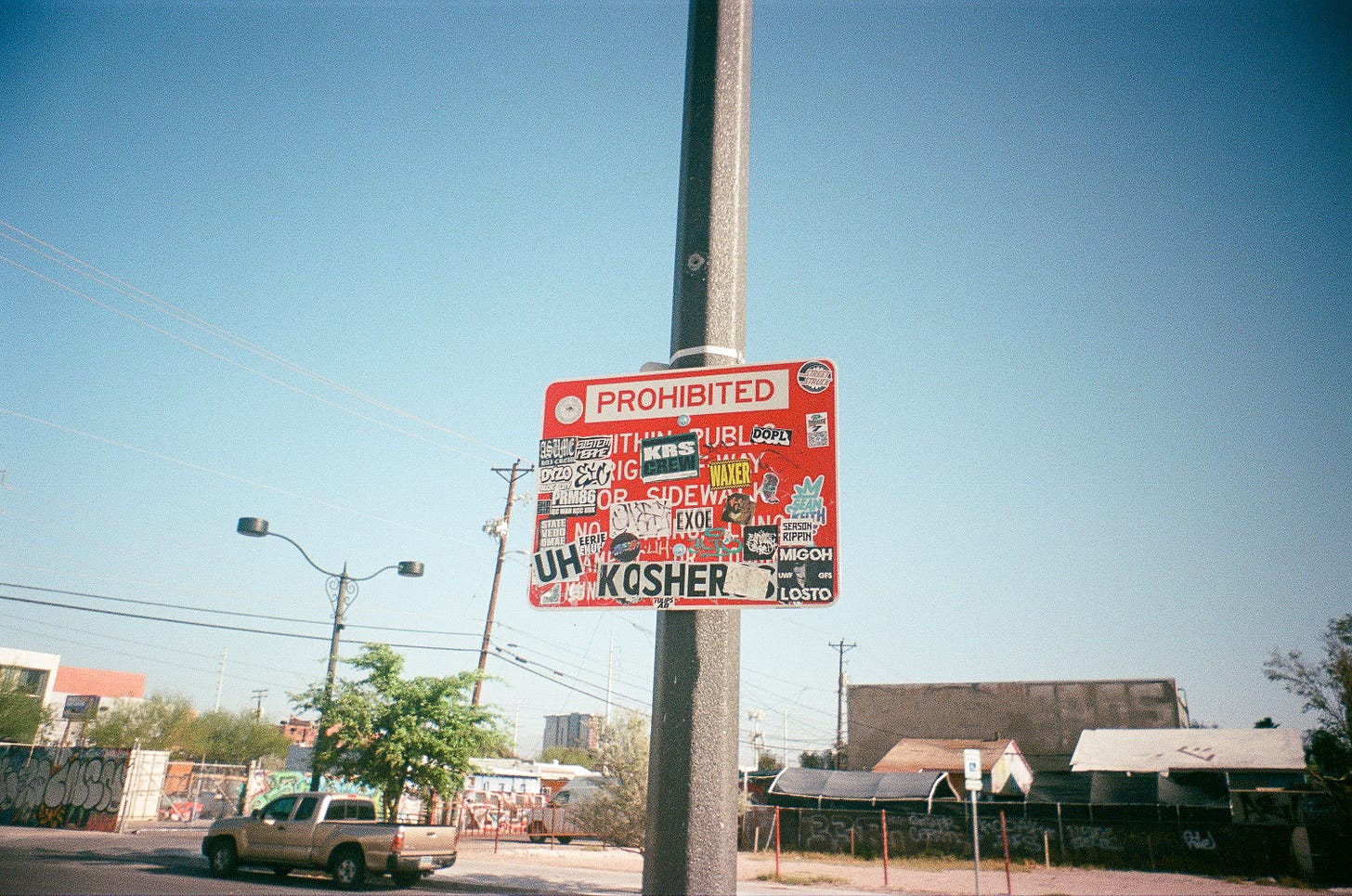
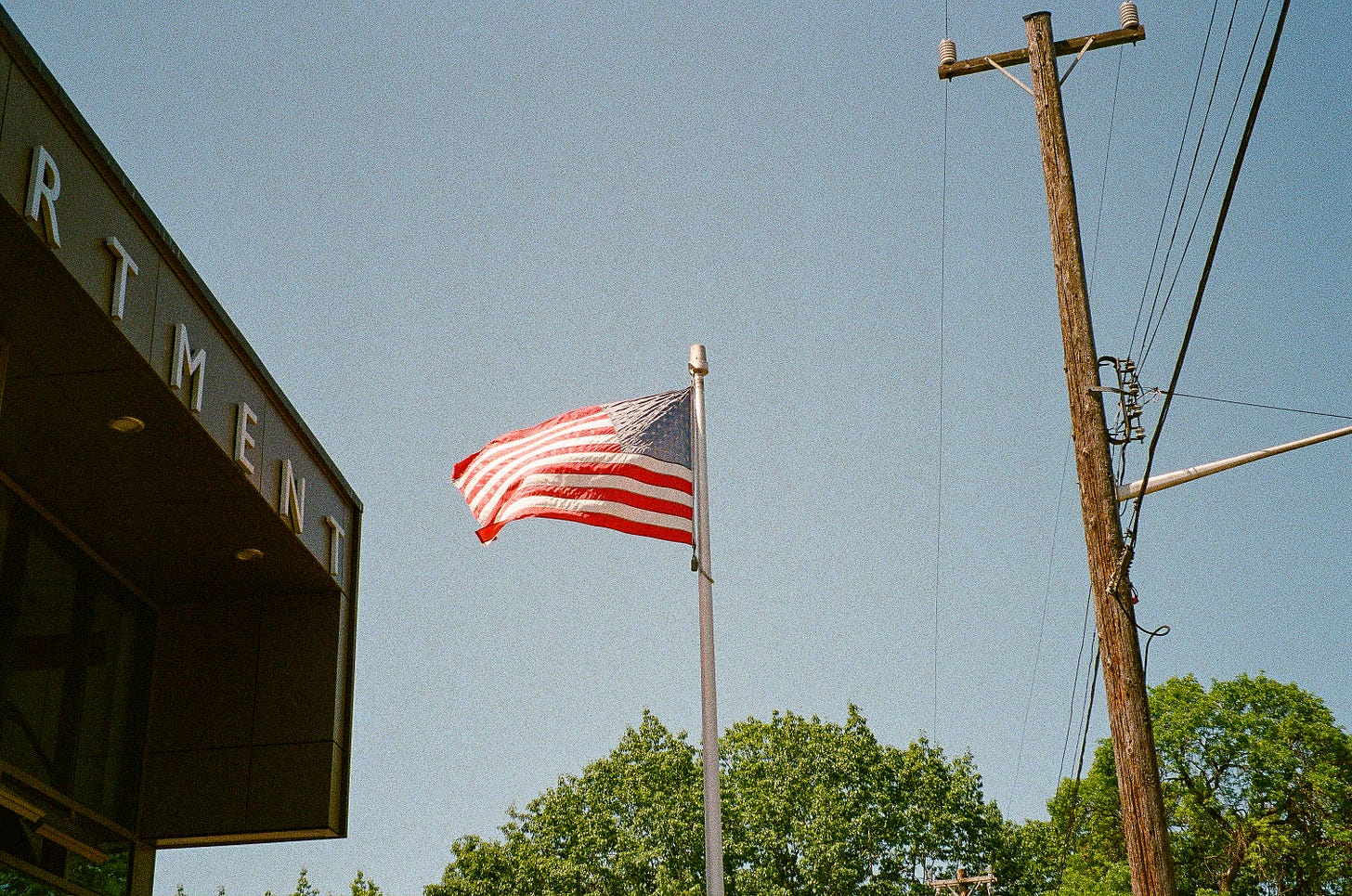
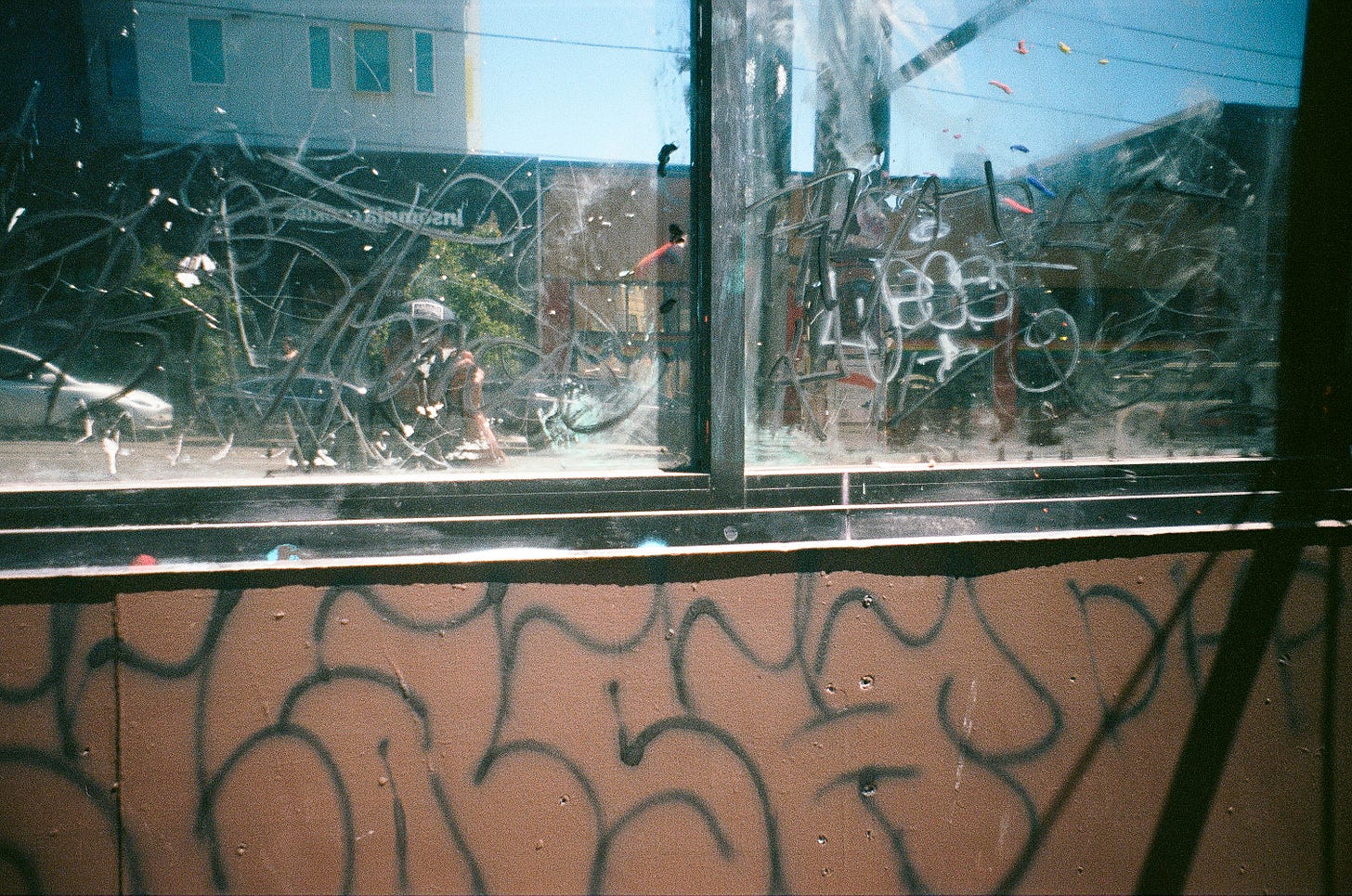
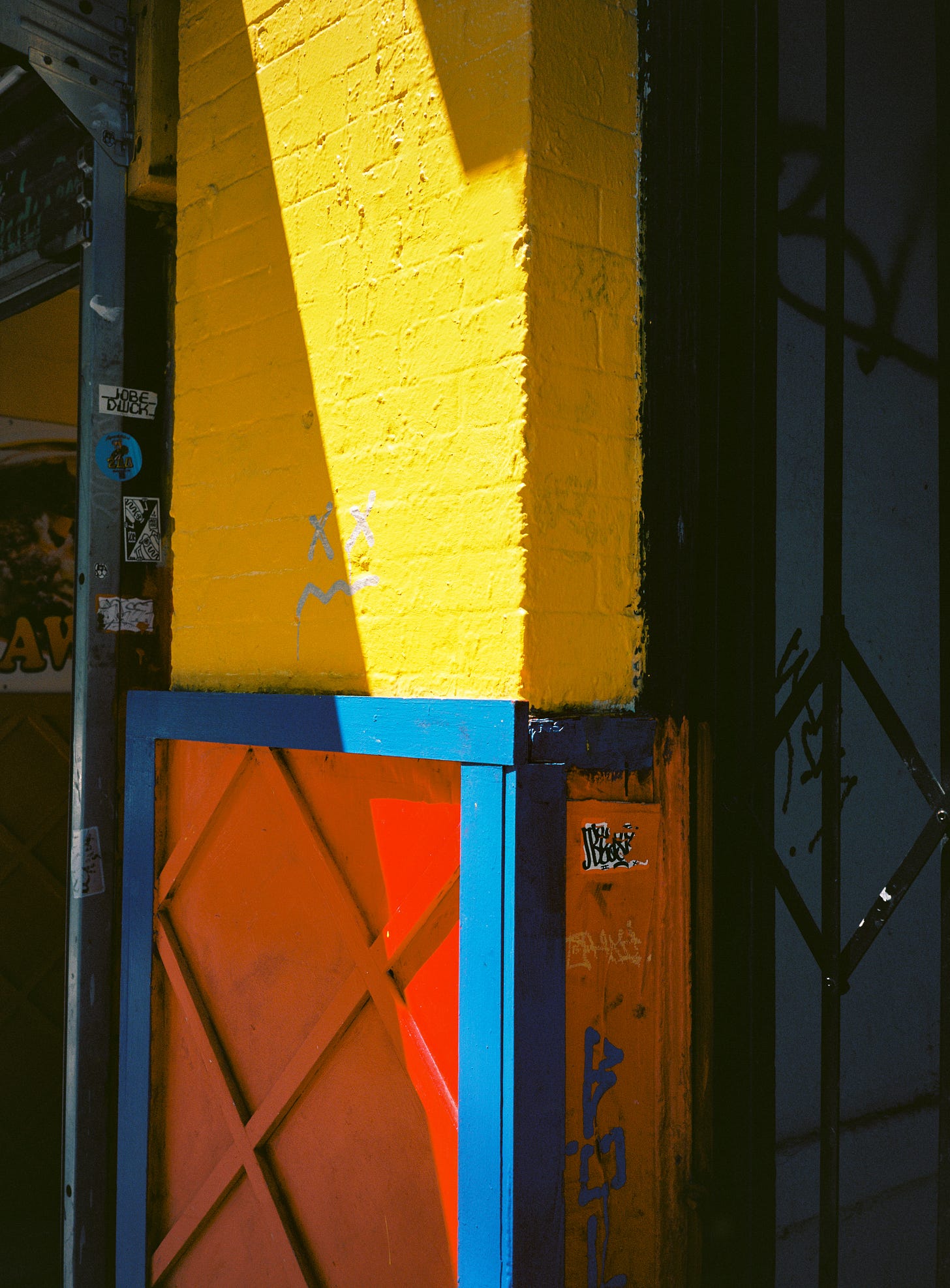
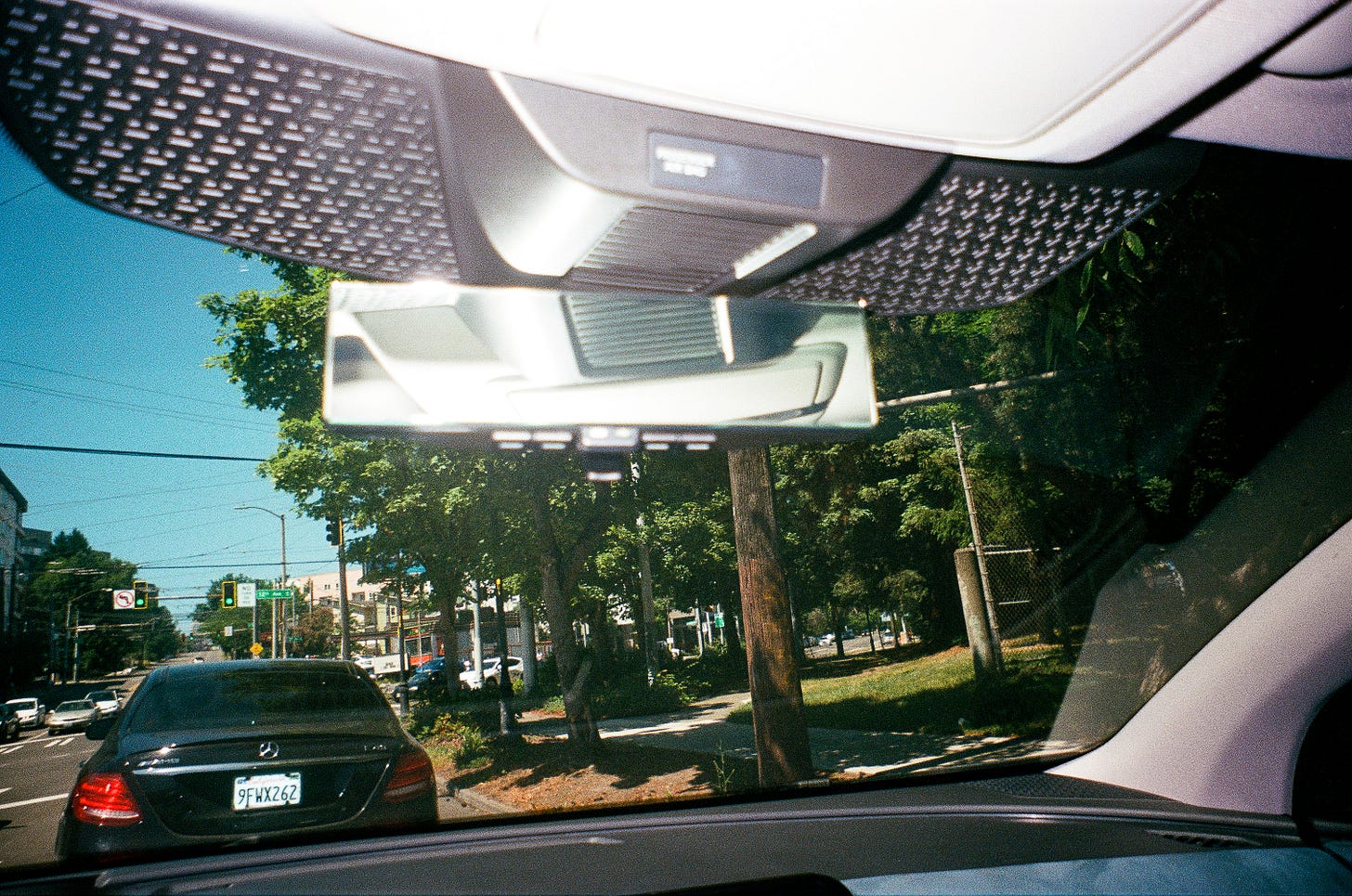
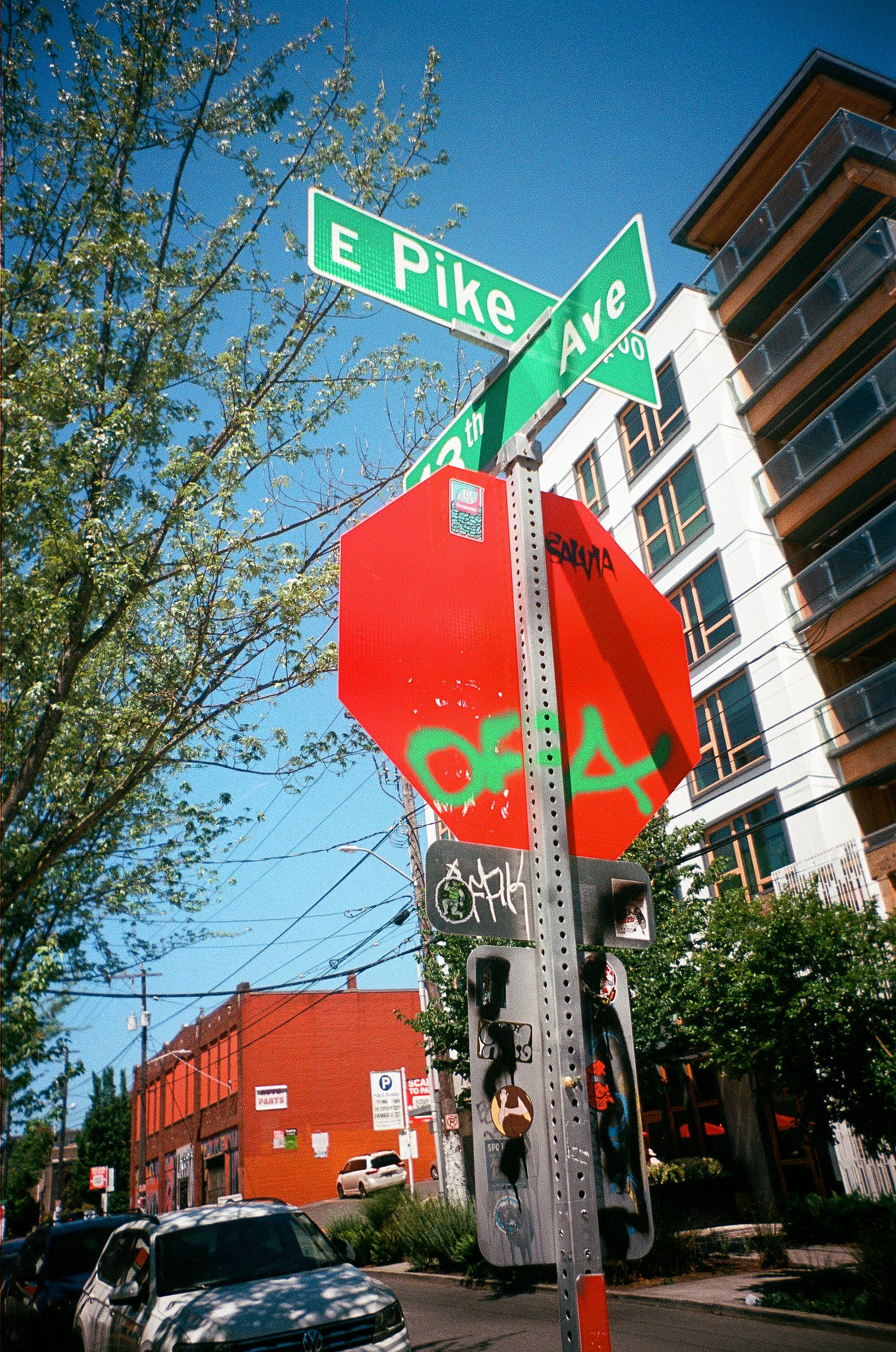
love these thoughts and the photos - it makes me question what my intent is, when it comes to photography: is it to capture reality as it is (aka how my eyes see it) or to capture reality how I feel it? and I think the latter begs the question of texture, grain, coarseness and roughness, while the former generally asks for speed, and clarity.
then again, it's not the grain that makes the photo, but rather the feeling of the grain that gives the photo life.